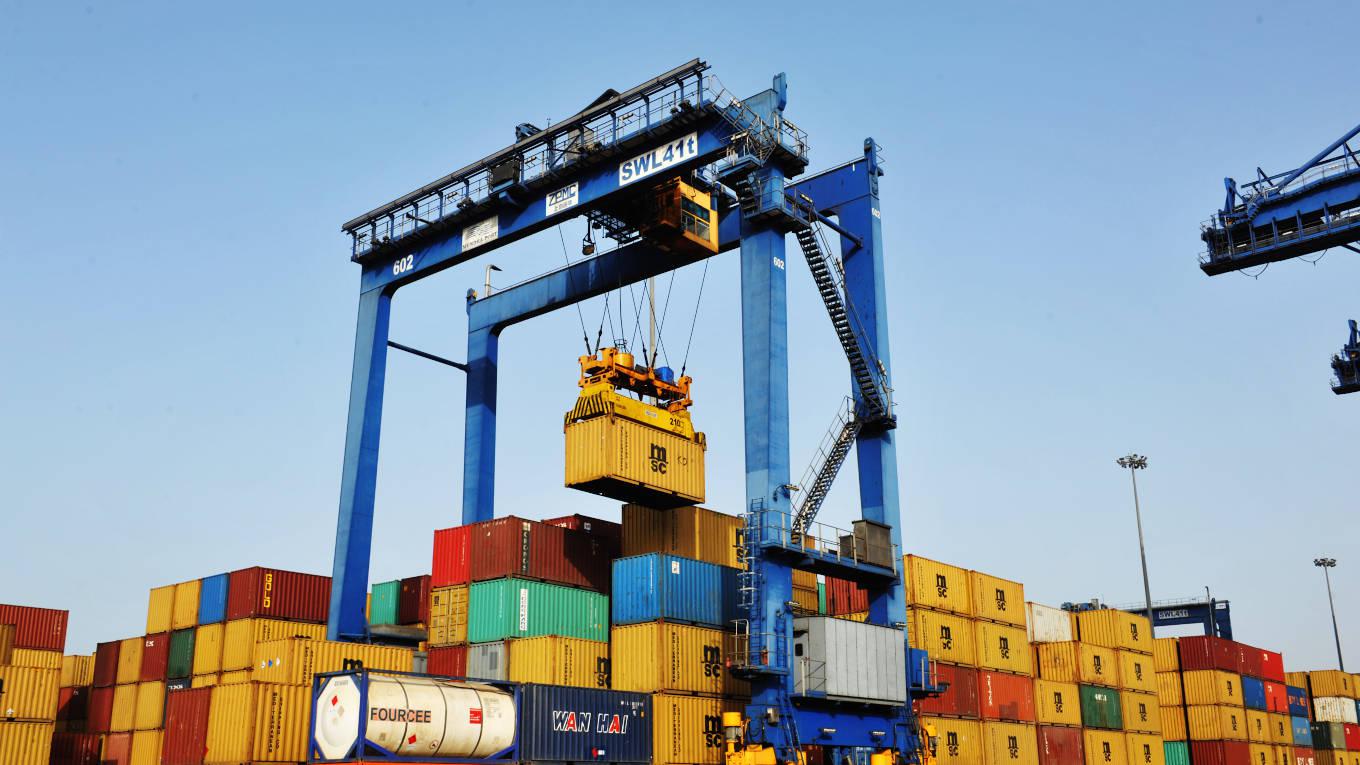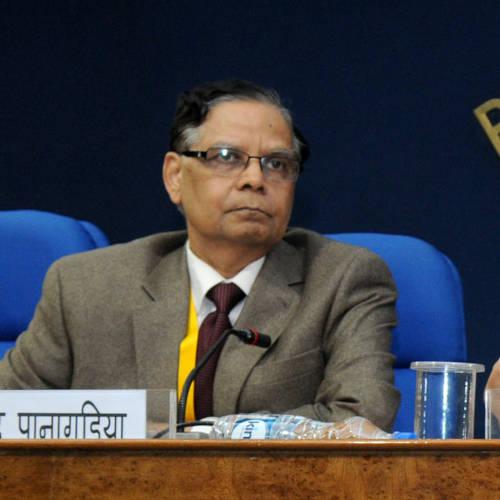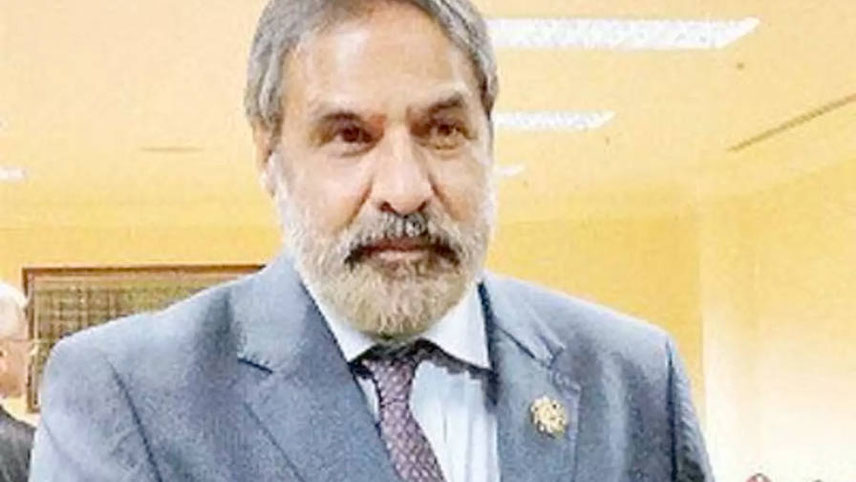India’s exports are expected to cross $300 billion by the end of December, well on the way to reach the $400-billion target during 2021-22. The interesting thing is that imports too are growing faster and could cross $400-billion by December, widening the trade deficit. Merchandise exports touching $400 billion mean a 40 per cent annual growth which is no mean achievement, given the Covid-related concerns around certain sectors during the year. Piyush Goyal, industry and commerce minister, is now talking about the goal of achieving $1 trillion each in merchandise and services exports by 2030. The surge in Indian exports was linked to the recovery in global demand. The World Trade Organization (WTO) predicts a 4.7 per cent expansion in the global merchandise trade volume in 2022. It is not just merchandise exports, software exports too are trickling. With the largest engineering population in the world, the software export story was seeded about four decades ago. Exports of software services, including services delivered by foreign affiliates of Indian companies, stood at $148.3 billion during 2020-21. This was more than $145.3 billion the world's top oil exporter, Saudi Arabia, got from oil sales in 2021. Now it could get better. New thrust BVR Subrahmanyam, commerce secretary, says that the world respects India as a trusted global business partner. “An intense review and monitoring at macro and geographical levels are helping to find new areas of trading relationships. Various measures to improve ease of doing business, incentivisation schemes like PLIs, rationalisation of duties is facilitating the trade like never before,” he adds. To boost exports, the Modi government has taken several measures such as notifying Remissions of Duties and Taxes on Exported Products (RoDTEP) rates, Rebate of State and Central Levies and Taxes (RoSCTL) Schemes, releasing Rs56,027 crore against pending tax refunds of exporters and taking steps to promote ease of doing business, launching a Common Digital Platform for Certificate of Origin to facilitate trade and increasing FTA utilization by exporters and promoting districts as export hubs by identifying products with export potential in each district. While exports can be regarded as a macro-economic stabilizer in India like agriculture, it would be somewhat far-stretched to think of it as a permanent growth-driver, as in China, Vietnam or Bangladesh. A downturn in global growth can undermine such a strategy. As such, the Modi government has during the year made a serious effort at putting its mark on the trade trajectory of India by rethinking the issue of free trade agreements (FTAs), reversing a seven-year freeze. Early harvest deals India is about to ink “early harvest” deals with the United Arab Emirates and Australia that will pave the way for broader FTAs that they hope to sign next year. There is optimism all around. Former Prime Minister of Australia, Tony Abbott, now a trade envoy for his country’s government, has indicated that Indian tariffs on his country’s wines could be slashed under the interim pact. Goyal hopes to seal a free trade deal with the UAE in early 2022. Side by side, India is exploring an FTA with the Gulf Cooperation Council, the six-member grouping consisting of Bahrain, Qatar, Saudi Arabia, Kuwait, Oman and the UAE.
-

The surge in Indian exports was linked to the recovery in global demand; Photo: Sanjay Borade



































